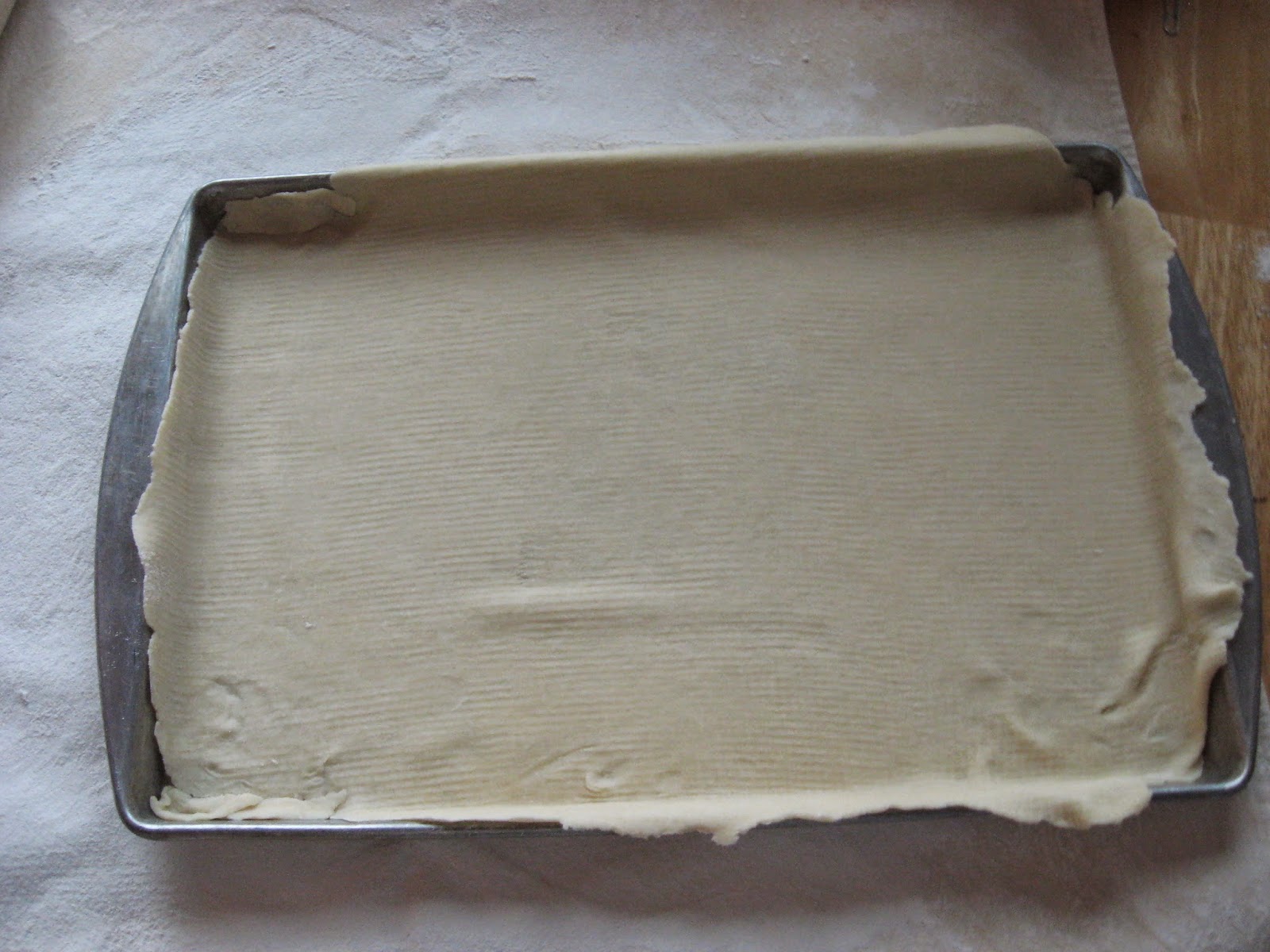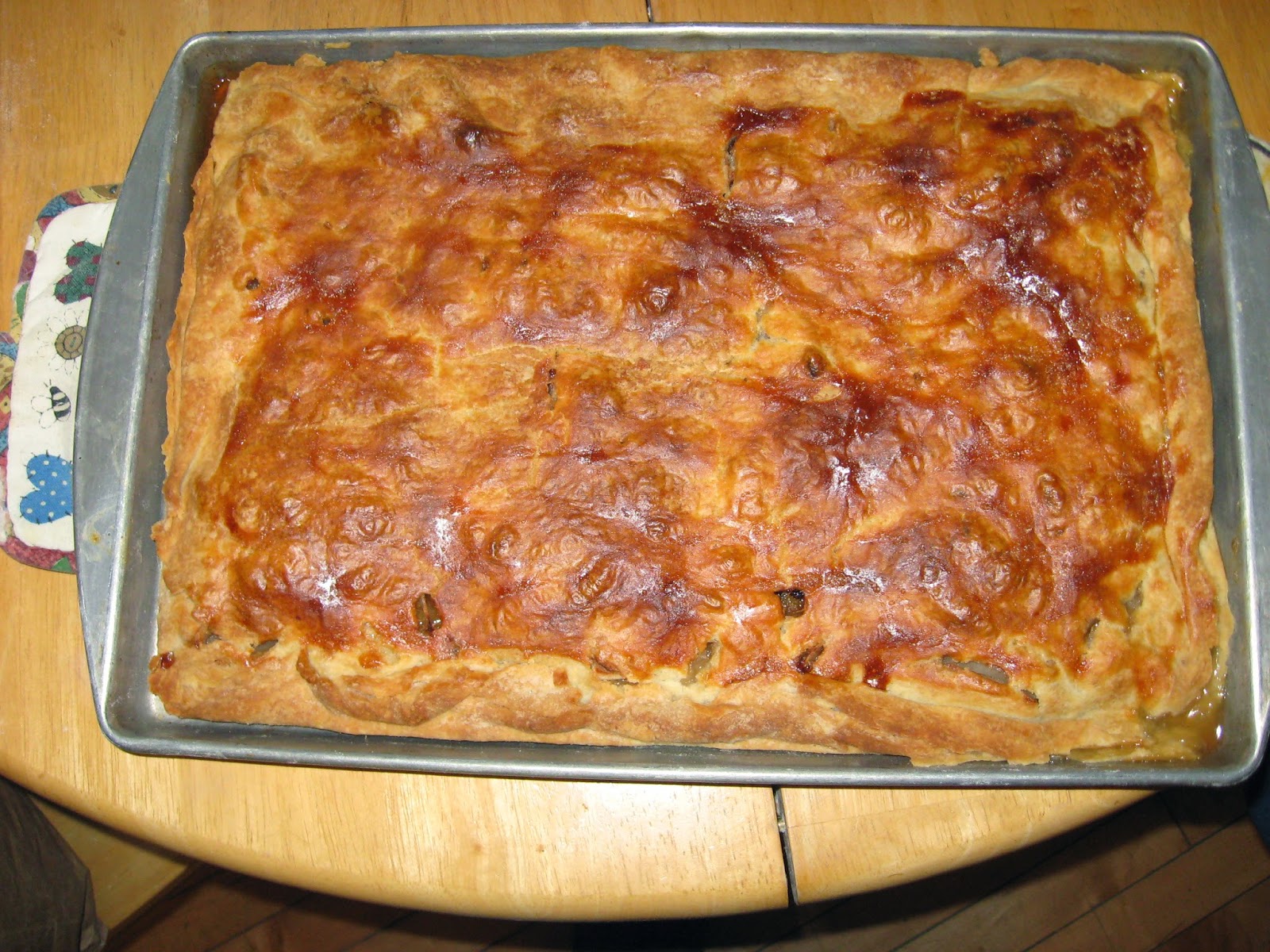This is my 100th blog post!
Sorry. I just had to point that out.
As the weather has definitely decided to become chilly, it seems timely to talk about how one can get the most room heat from a wood cookstove.
Let me first just say that I have often read in older information about cookstoves that they should not be required to do double duty as a heating stove. I think the intention was to prevent people from over-firing their cookstoves, causing undue wear and damage. In addition, the small fireboxes of vintage cookstoves did not lend themselves to fires large enough to heat much more than a few rooms in fairly temperate winter weather. However, the expectation to not rely on the cookstove as a heater was probably almost always unrealistic. History is replete with accounts of early households for which the only source of heat in the winter was the kitchen stove, and I have also read (and know from the stories from my family) that even homes with furnaces or additional heating stoves counted on the heat from the kitchen stove to keep at least part of the house livable during winter weather.
It is my guess that most of the people who currently use a wood cookstove also rely on theirs for at least part of their home heating. Present-day stove manufacturers certainly know this and have thus equipped modern cookstoves with far larger fireboxes than their predecessors had in order to meet that need. Large modern firebox or small vintage firebox aside, there are a few steps that a cookstove operator can take that will result in the maximum amount of heat being radiated into the room.
The main theme of this discussion then focuses around surface area. More surface area of the stove being heated and more surface area being exposed to the room results in more heat radiating from the stove. On all of the cookstoves that I have looked at, the most effective thing to do then is to close the oven damper.
 |
| The oven damper in the closed or baking position. Yeesh! I just hate how I can't see the dust on Marjorie in normal light, but a camera flash creates a horror show. |
This results in the heat of the fire having to travel over more area of the stove before it can escape up the chimney. When the oven damper is open, some of the heat goes around the oven, but quite a lot can simply travel to the great outdoors in short order.
The next step would be to open the oven door. This drastically increases the surface area which is radiating heat into the room. As long as we are not baking something, the oven door on our cookstove is open nearly all winter long.
 |
| The open oven door. |
The Margin Gem cookstove is equipped with a lever which, when in the open position, diverts some of the heat and smoke traveling around the oven so that it travels under the reservoir tank in order to get the reservoir water hotter than if it were just absorbing the head from the side of the stove. Opening this lever causes the reservoir side of the stove to radiate more heat into the room because the reservoir itself reaches a higher temperature.
 |
| The lever in the open position to let the smoke and heat reach the bottom of the reservoir. Hmmm . . . Marjorie needs polishing too. |
Lastly, when you have a fine draft (our kitchen chimney is superb in this regard) keep the stovepipe damper partially closed to retain more of the heat from the fire rather than just letting it rush up the chimney to the great outdoors.
 |
| The stovepipe damper on the Margin Gem is in the length of stainless steel pipe (which comes with the stove) between the cooktop and the warming oven. |
If you are a wood cookstove user, what do you do to get the most heat out of your stove? Let us know by utilizing the comments field below. Hope you are all keeping warm!












.jpg)